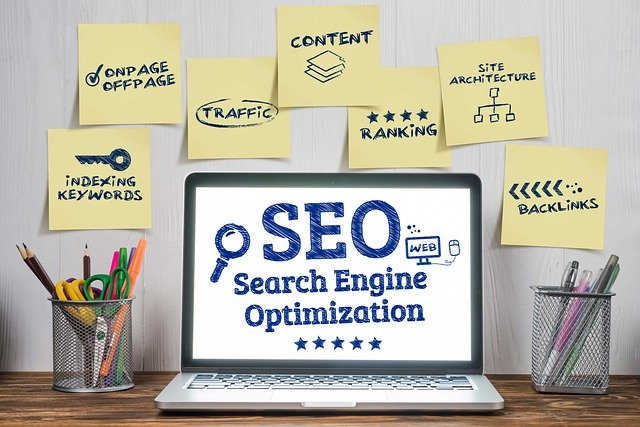Technical Checks to Ensure Global Indexing and Crawlability
Ensuring a website is indexable and crawlable across regions requires a blend of technical checks and strategic planning. This article outlines practical verifications for search engine optimization, multiregional setup, and content readiness so your site can reach relevant audiences worldwide while preserving performance and conversion potential.

Start with a technical baseline that confirms search engines can discover and index your site without barriers. Verify robots.txt, meta robots tags, and server response codes for key pages. Confirm canonical tags are consistent to avoid duplicate-content confusion. Check XML sitemaps for completeness and proper sitemap indexing directives. These measures support seo fundamentals and set the stage for broader concerns such as multiregional targeting, crawlability, and consistent performance across markets.
How does seo affect crawlability?
Crawlability is a core seo concern: if bots cannot access a page, ranking is impossible regardless of quality or backlinks. Ensure important pages return 200-series responses and avoid client-side-only rendering that hides content from crawlers. Use server-side rendering or pre-rendering for critical pages when relying on JavaScript. Monitor crawl budgets for large sites by limiting low-value pages from being crawled through noindex or robots directives, and prioritize pages that drive traffic, engagement, and conversion.
How should multiregional localization be configured?
For multiregional sites, implement clear localization signals: hreflang annotations, language-specific URLs or subdomains, and consistent content variations for each market. Hreflang helps search engines serve the right version to users in different languages or regions, reducing duplicate indexing. Avoid using only geo-IP redirects that prevent crawlers from accessing alternate versions. Maintain a logical URL structure so both users and bots can navigate localized content for improved traffic and engagement in your target markets.
How can analytics inform indexing and traffic priorities?
Analytics data reveals which pages attract organic traffic and where indexing gaps exist. Use server logs and analytics platforms to track crawler behavior, identify pages with low crawl frequency, and correlate crawl activity with indexing status. Prioritize fixing pages that historically drive traffic or show high intent for conversion. Segment analytics by region to detect multiregional performance differences and to guide content or structural adjustments that improve both indexing and user outcomes.
How does content structure influence indexing and engagement?
Well-structured content improves both indexing and user engagement. Use semantic HTML, clear headings, and descriptive meta tags so search engines can accurately interpret topics and relevance. Avoid thin or duplicate content; instead consolidate where necessary and use canonical tags consistently. Structured data (schema) can enhance how pages appear in search results and improve click-through rates, contributing to traffic, engagement, and eventual conversion while supporting better crawl understanding.
How do backlinks and technical setup impact global indexing?
Backlinks remain a signal of discoverability: ensure your site is reachable from reputable sources and monitor inbound links for indexable pages. However, technical setup influences how link equity flows—check internal linking, canonicalization, and redirects to prevent loss of ranking signals. For international indexing, obtain links from regionally relevant websites when possible, while ensuring that redirects, hreflang, and URL formats don’t fragment link equity and compromise crawlability across markets.
How should performance and conversion considerations be tested?
Page speed and server performance affect crawl rates and user behavior. Optimize core web vitals, compress assets, and use efficient caching and CDN strategies to reduce latency for global audiences. Fast-loading pages are crawled more efficiently and tend to have higher engagement and conversion. Also test mobile rendering and interactive elements to ensure that analytics metrics accurately reflect real-user behavior rather than bot-only patterns, which helps refine indexing priorities.
Conclusion
A systematic technical checklist prevents common pitfalls that block global indexing and harm crawlability. Regularly audit robots and meta rules, validate hreflang and URL structures for multiregional sites, use analytics and logs to prioritize fixes, and ensure content and performance are optimized for both users and crawlers. These coordinated checks create a reliable foundation for sustained organic visibility, traffic, engagement, and conversion across markets.






